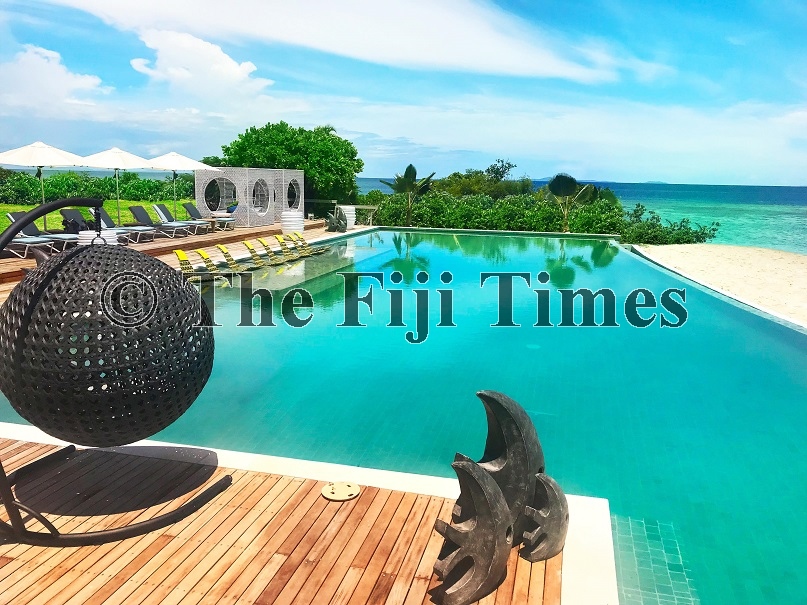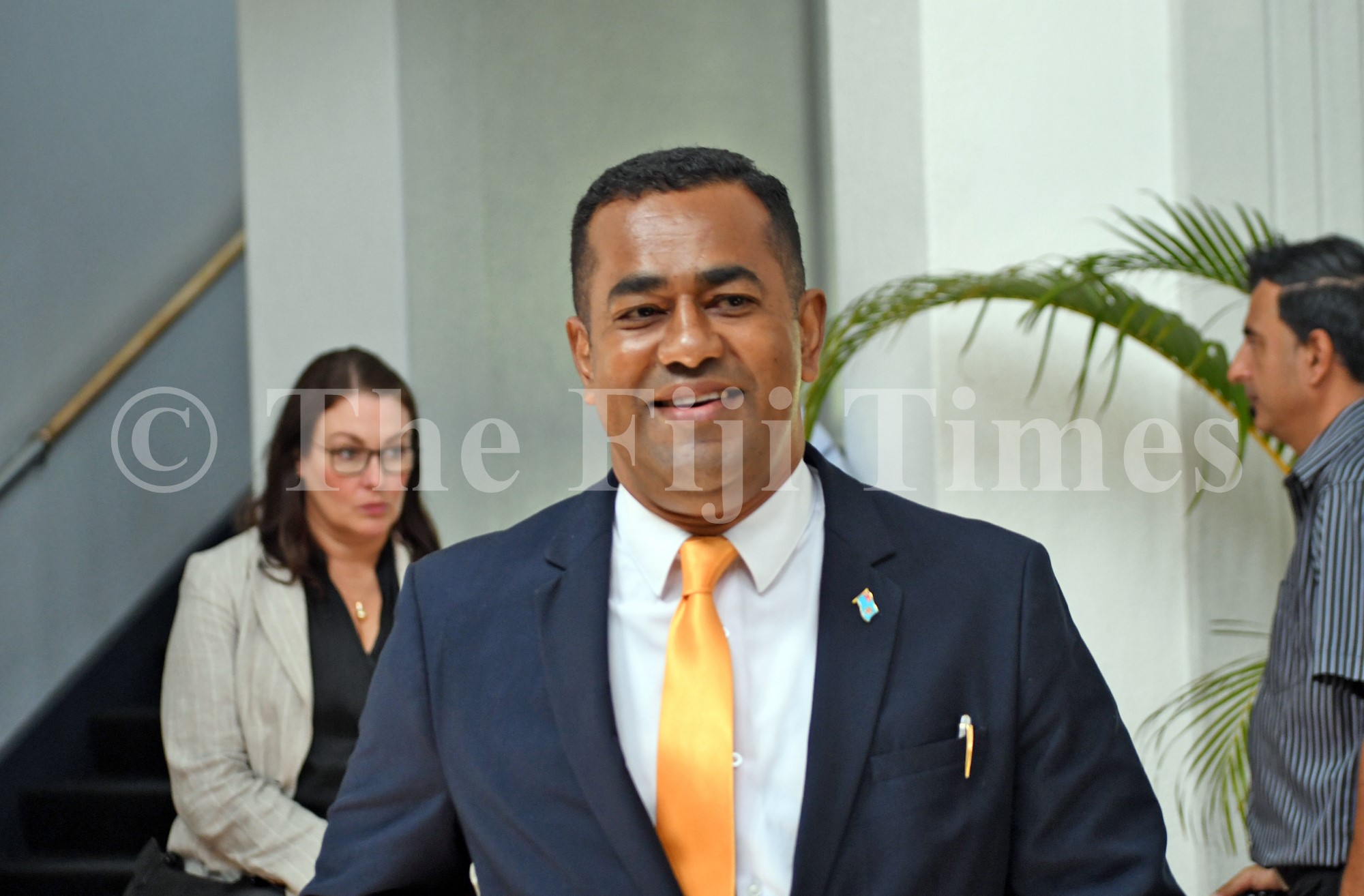LAST week we looked into what the global tourism family, and of course our own tourism sector will have to look forward to, as restrictions on movement and eventually travel begin to ease off.
Because this has been on everyone’s mind of late and because everyone is looking forward to something more positive and concrete in these uncertain times that appear to have no end in sight, we will look at the Tasman bubble (including Fiji) and Destination Fiji’s marketing goals.
Discussions between Australia and New Zealand are progressing albeit slowly and with keen interest to get things right the first time around and a watchful eye on potential flare ups.
Unfortunately, that’s the only certainty we have so far as the world takes its first unsteady steps towards opening up in the new way of doing business, travelling and loving generally.
Fiji’s representatives have been firmly pushing for the Pacific Islands, especially Fiji, to be included in both discussions and plans for the bubble.
Baltic states Lithuania, Estonia and Latvia have already reopened shared borders to each other in Europe’s first travel bubble. Germany, Austria and Switzerland are looking at a similar arrangement starting this weekend.
Fiji continues to watch intently the improving infection rates in our trans-Tasman neighbours and how this will progress our own adoption of health guidelines for businesses, schools, public transport and travel.
Although almost every sector feels some repercussions, few have been as hard hit as the airline and travel sector.
The sudden, sharp decrease in travel demand is much worse than that seen after September 11, 2001, and the 2008 financial crisis, combined.
Airlines had more robust balance sheets when COVID-19 emerged, compared with previous crises, but a slowdown of this magnitude leaves even the strongest players vulnerable.
In 2019 Fiji received more than 367,000 visitors from Australia which was 41 per cent of our total tourist arrivals for that year. Around 206,000 travellers arrived from New Zealand making up 23 per cent of total tourist arrivals for 2019.
With a combined 64 per cent of arrivals into Fiji for 2019, it is not hard to see why we regard our two neighbours highly where tourism is concerned.
It also not difficult to understand tourism stakeholders when they say that the fastest way to assist Fiji is through the tourism dollar that has a triple multiplier effect throughout the country from the deep rural areas out to the furthest maritime islands hosting resorts and employing communities out there.
The entire Pacific Islands region could potentially be next on the list for inclusion into the travel bubble and Fiji’s tourism operators and stakeholders are already planning how they will work together to ensure the opportunities are not missed once presented.
New Zealand Prime Minister Jacinda Ardern has repeatedly stated that she was not keen on opening the doors to the Pacific Islands and be responsible for a new occurrence of COVID-19 in island states where, so far, the virus has been well-managed or non-existent.
Somewhere in the midst of all the discussions will be the prickly point of the quarantine periods.
Currently both New Zealand and Australia have 14-day quarantines for repatriated citizens while Fiji’s quarantine period is 28 days, which is 14 days in a Government mandated facility and then 14 days at home if without symptoms.
This is one of the main reasons why the Australian government released their COVID-Safe phone app which is a bluetooth contact tracing tool that speeds up the identification and contacting of people who may have been exposed to confirmed carriers.
New Zealand will release a similar app this week while Fiji’s app is being worked on for release in June. From a destination marketing perspective, any controls that reduce the need for compulsory quarantines post travel would be welcomed.
Both New Zealand and Australia will be working hard to ensure that the controls at the borders are tightened up and that transportation networks, airlines, airports and hotels are working on the new health measures to be implemented.
The Trans-Tasman Safe Border Group brings together both their governments, Air New Zealand, Qantas and the three biggest airports on each side of the ditch.
Fiji Airways, Fiji Airports Ltd and Air Terminal Services will no doubt be having similar discussions to that effect and will be busy drawing up new policies and regulations to meet both airport and aviation requirements, as well as new health requirements.
Even before the Tasman-bubble is declared operational, Fiji’s marketing machine will move into gear to prepare for Fiji’s reopening.
Timing is critical.
Many travellers will be thinking twice about travelling abroad so confidence boosting will be part of the marketing messaging
Fijian tourism businesses will be counting on our ability to convince people who have been in lockdowns and had to live through weeks and months of restricted movement to want to get away to beautiful beaches, with swaying palms and clean, fresh air.
For now, while some parts of the industry focus on marketing preparations domestically and overseas, other parts of the industry are focusing intently on the current welfare and future of our nearly 100,000 employees who have no jobs and therefore no wages.
Decades of working closely with the communities tourism businesses are intrinsically connected to, mean that even when not employed staff welfare is always a concern.
Support continues to be provided through food packaging, redeployment into maintenance, security areas and resort farms for work options as well as cash assistance to ensure staff continue to get some assistance.
At the same time, businesses directly affected and throughout the supply chains that exist because of tourism are consulting with the relevant Government ministries to discuss challenges, recommend solutions and ensure workers rights are protected and labour legislations are clarified.
The crisis is not just a medical emergency.
It has thrown our economy into a tailspin, pushed the boundaries of regulations, forced us to confront expectations of freedom and made us re-evaluate how we treat one another and our environment.
Business rivals, employer and employee dealings, diplomatic relationships and even neighbours are reaching out to one another to cope. Private and public sector relationships have also become more communicative and consultative. It is true then what they say about that silver lining.
FANTASHA LOCKINGTON is the chief executive officer of the Fiji Hotel and Tourism Association. The views expressed are her own and not of this newspaper.





